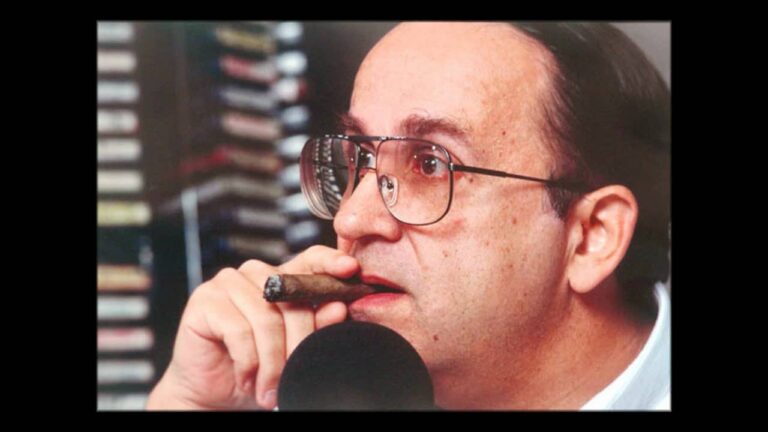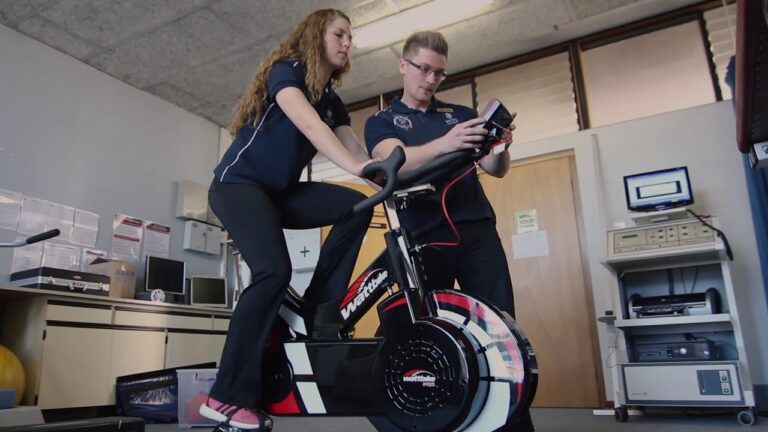Explore the World of Fashion Design: Job Description and Salary

Fashion Designer Job Description Template
Fashion Designer Job Description A fashion designer is a creative professional who is responsible for designing and creating clothing, accessories, and footwear. They play a crucial role in the fashion industry by creating unique and innovative designs that set trends and influence consumer preferences. The main responsibilities of a fashion designer include conducting research on current fashion trends, sketching design ideas, selecting fabrics and materials, creating patterns, and overseeing the production process. They work closely with clients, such as clothing manufacturers, retailers, and fashion houses, to understand their requirements and create designs that meet their needs. In addition to artistic skills, fashion designers must have a strong understanding of garment construction and manufacturing processes. They need to be proficient in using design software and have excellent communication skills to effectively collaborate with manufacturers, suppliers, and other team members. Creativity and attention to detail are two essential qualities for a fashion designer. They need to constantly come up with fresh and original ideas to stay ahead in the competitive fashion industry. They must also have a keen eye for color, texture, and proportion to create visually appealing designs. Fashion designers often work in fast-paced and demanding environments, where meeting strict deadlines and managing multiple projects is common. They should be able to work well under pressure and handle criticism constructively. Overall, a career in fashion design offers exciting opportunities for creative individuals who are passionate about the world of fashion and have the skills to turn their ideas into reality.Fashion Designer Responsibilities
Fashion Designer Requirements
How Much Does A Fashion Designer Make?
Fashion Designer Salary
| Job Title | Median Annual Salary | Job Outlook (2019-2029) |
|---|---|---|
| Fashion Designer | $73,790 | 0% (Little to No Change) |
| Fashion Illustrator | $46,900 | 0% (Little to No Change) |
| Fashion Stylist | $41,420 | 0% (Little to No Change) |
| Fashion Merchandiser | $54,190 | 1% (As fast as average) |
A career in fashion design can be both creatively fulfilling and financially rewarding. The median annual salary for a fashion designer is $73,790, according to the U.S. Bureau of Labor Statistics. Fashion illustrators earn a median annual salary of $46,900, while fashion stylists earn $41,420. Fashion merchandisers, on the other hand, earn a median annual salary of $54,190. It’s important to note that the job outlook for fashion designers, illustrators, stylists, and merchandisers is projected to have little to no change from 2019 to 2029. However, the fashion industry is constantly evolving, and there are always opportunities for talented individuals to succeed and advance in their careers. With passion, creativity, and a strong work ethic, fashion designers can find success in this competitive industry.
Fashion Designer Salaries by Country
Top Paying Countries for Fashion Designer
| Country | Average Salary (USD) |
|---|---|
| United States | $81,000 |
| Switzerland | $73,000 |
| Australia | $69,000 |
| United Kingdom | $61,000 |
| Germany | $58,000 |
Fashion designers in the United States earn the highest average salary among all countries, with an average of $81,000 per year. Switzerland and Australia follow closely behind with average salaries of $73,000 and $69,000 respectively. The United Kingdom and Germany complete the list of top paying countries for fashion designers, with average salaries of $61,000 and $58,000 respectively.
A video on the topic Fashion Designer
Video Source : angel_edit12Interview Questions for Fashion Designer
1. Can you tell me about your background and experience as a fashion designer?
I have been passionate about fashion since a young age and pursued a degree in Fashion Design from a reputable design school. Throughout my education, I gained hands-on experience through internships with renowned fashion houses. After graduating, I worked as an assistant designer for a fashion brand, where I honed my skills in sketching, pattern making, and garment construction.
2. How do you stay updated with the latest fashion trends?
To stay updated with the latest fashion trends, I regularly attend fashion shows, trade fairs, and industry events. I also follow fashion blogs, magazines, and social media accounts of influencers and fashion brands. Additionally, I network with other fashion professionals to exchange ideas and insights.
3. Can you describe your design process?
My design process typically starts with thorough research to gather inspiration and understand the target audience. I then create mood boards, sketch initial concepts, and develop them into detailed designs. After finalizing the designs, I work on creating patterns, selecting fabrics, and overseeing the garment production process to ensure the end result matches the initial vision.
4. How do you approach working within a budget and meeting clients’ requirements?
Working within a budget requires careful planning and resourcefulness. I prioritize cost-effective materials and production methods without compromising quality. When it comes to meeting clients’ requirements, I actively listen to their needs, gather feedback throughout the design process, and make necessary adjustments to ensure their satisfaction.
5. How do you handle constructive criticism and feedback?
I believe constructive criticism is essential for growth and improvement. I listen attentively to feedback, take it as an opportunity to learn, and use it to refine my designs. I believe in maintaining open communication with clients, colleagues, and mentors to foster a collaborative and supportive work environment.
6. Can you share an example of a challenging project you worked on and how you overcame the difficulties?
One challenging project I worked on was designing a collection for a high-profile fashion show with a tight deadline. To overcome the difficulties, I organized a detailed schedule, prioritized tasks, and delegated responsibilities to a competent team. I also maintained open communication with the production team, ensuring a smooth workflow and timely completion of the collection.
7. How do you ensure your designs are original and unique?
Ensuring originality and uniqueness in my designs is a priority for me. I dedicate time to research and gather inspiration from various sources, such as art, culture, and nature, to create a distinct design aesthetic. I also regularly explore new techniques, experiment with different materials, and push boundaries to bring fresh and innovative ideas to my designs.
8. How do you stay organized and manage multiple projects simultaneously?
I am highly organized and adept at multitasking. I use project management tools to keep track of deadlines, milestones, and progress. I break down larger projects into smaller tasks and create a schedule to ensure efficient time management. Regular communication with team members and clients also helps in managing multiple projects effectively.
9. How do you handle tight deadlines and pressure?
Tight deadlines and pressure are common in the fashion industry. To handle them, I stay calm and focused, prioritize tasks, and create a realistic timeline. I am flexible and adaptable, willing to put in extra hours if necessary. Additionally, I believe in effective communication and collaboration with team members to ensure everyone is on the same page and working towards a common goal.
10. What do you think sets you apart from other fashion designers?
What sets me apart from other fashion designers is my ability to combine creativity with practicality. I have a keen eye for detail, ensuring that my designs are not only visually appealing but also functional and comfortable. I am also highly adaptable and open to new ideas, allowing me to create designs that cater to diverse tastes and preferences.
The Best Universities For The Fashion Designer Profession.
Frequently asked questions about Fashion Designer
What skills do I need to become a fashion designer?
What education do I need to become a fashion designer?
How do I start my own fashion label?
1. Define your brand: Determine your target market, aesthetic, and unique selling proposition.
2. Create a business plan: Outline your goals, budget, marketing strategies, and production processes.
3. Develop your designs: Sketch and create prototypes of your clothing or accessories.
4. Find manufacturers or suppliers: Research and establish partnerships with reliable manufacturers or suppliers.
5. Produce your collection: Work with manufacturers to produce your designs.
6. Build your brand identity: Create a logo, website, and social media presence to showcase your brand.
7. Market and sell your products: Use various marketing channels to promote your brand and sell your products.
8. Network and collaborate: Attend fashion events, collaborate with influencers, and build connections within the industry.
What is the average salary of a fashion designer?
What are the challenges of being a fashion designer?
1. Intense competition: The fashion industry is highly competitive, and breaking into the industry can be difficult.
2. Constantly changing trends: Fashion trends evolve quickly, so designers need to stay updated and adapt to new styles.
3. Meeting deadlines: Designers often have tight deadlines to meet, especially during fashion weeks and collections.
4. Finding the right manufacturers: Finding reliable manufacturers who can produce your designs at a reasonable cost can be challenging.
5. Building a brand: Establishing a recognizable brand takes time and effort, and gaining recognition in the industry can be a challenge.
Despite these challenges, passion, perseverance, and a strong work ethic can lead to a successful career as a fashion designer.






